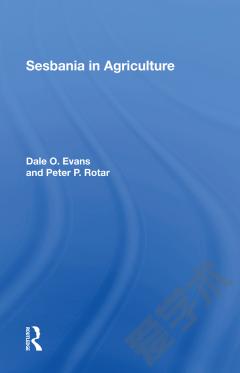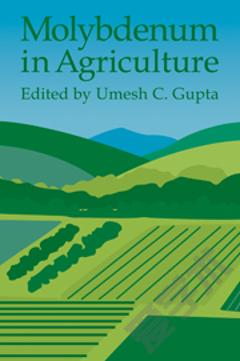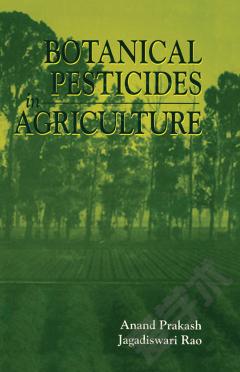Silicon in Agriculture
Presenting the first book to focus on the importance of silicon for plant health and soil productivity and on our current understanding of this element as it relates to agriculture.Long considered by plant physiologists as a non-essential element, or plant nutrient, silicon was the center of attention at the first international conference on Silicon in Agriculture, held in Florida in 1999.Ninety scientists, growers, and producers of silicon fertilizer from 19 countries pondered a paradox in plant biology and crop science. They considered the element Si, second only to oxygen in quantity in soils, and absorbed by many plants in amounts roughly equivalent to those of such nutrients as sulfur or magnesium. Some species, including such staples as rice, may contain this element in amounts as great as or even greater than any other inorganic constituent. Compilations of the mineral composition of plants, however, and much of the plant physiological literature largely ignore this element. The participants in Silicon in Agriculture explored that extraordinary discrepancy between the silicon content of plants and that of the plant research enterprise.The participants, all of whom are active in agricultural science, with an emphasis on crop production, presented, and were presented with, a wealth of evidence that silicon plays a multitude of functions in the real world of plant life. Many soils in the humid tropics are low in plant available silicon, and the same condition holds in warm to hot humid areas elsewhere.
{{comment.content}}








 京公网安备 11010802027623号
京公网安备 11010802027623号